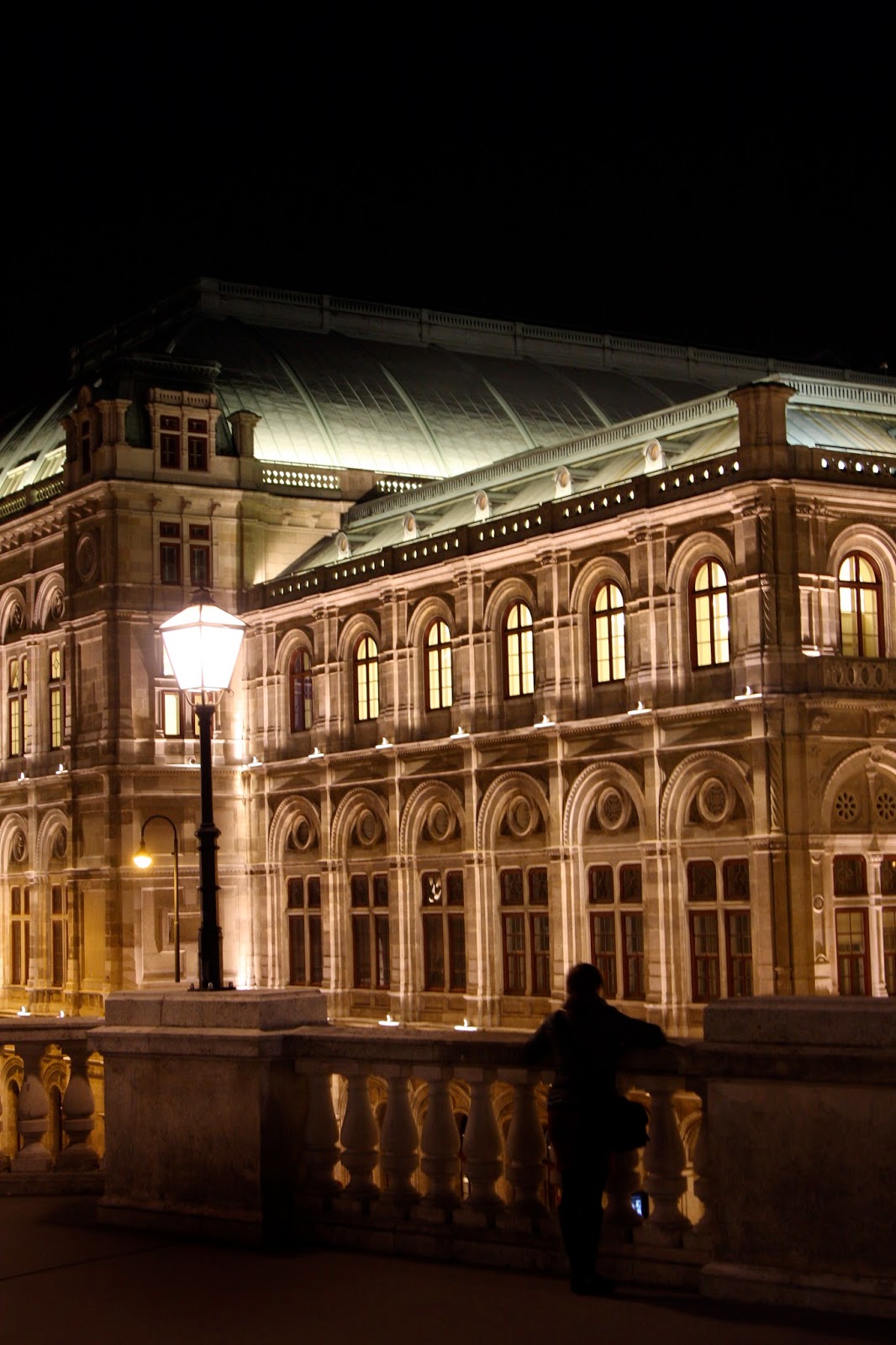During the evening an artistic air wafts over
Amsterdam’s museum-studded park Museumplein. The magnificent
Rijksmuseum, recently restored and renovated, is warehouse of historic
masterpieces, and the exterior’s sweeping grandeur, spotlighted from the
surrounding gardens, is a work of art in itself. Tourists and
locals play and pose amongst the oversized, recognizable, “I amsterdam”
letters, which take on ethereal form from nighttime mood lighting. The entire
scene shimmers and distorts in an elongated reflecting pool. And at the far
corner of the park, past the gardens, café and outdoor art exhibits, the Van
Gogh museum inhales the artistic air and transports visitors to the world of a
virtuoso.
Vincent Van Gogh had the rare ability to capture
viewers with his paintings; leaving them somewhere between genius and madness,
flush with vivid colors, distinctive techniques and deep emotion. Fittingly,
his museum works from that same palette.
The Van Gogh Museum weaves
the artist’s trademark individuality and layered emotions into its exhibition space.
And like many of Van Gogh’s paintings, a quick glance does not do the museum
justice. Luckily, the museum offers late hours until 10:00pm on Friday nights,
complete with cocktails, moody music and interactive activities. The result,
much like a Van Gogh painting, is a multidimensional and somewhat hazy experience
that reveals the deeper stories behind the artist and his works.
The building itself is not filled to the brim, as
you might expect from a museum dedicated to one person, and some famous pieces like
The Starry Night are not located
here. Regardless, the museum houses the world’s largest collection of Van Gogh
works, including well-known masterpieces such as the vibrant Sunflowers and The Bedroom, and the colorful but mournful Wheatfield with Crows, one of his last paintings.
Large portions of the works are grouped
chronologically, while other sections focus on comparing pieces and
highlighting specific aspects of his work. The collection ranges from early
works to his final masterpieces, and also displays sketches and writings. Taken
all at once, the collection demonstrates his artistic evolution and personal
devolution.
The
Potato Eaters from 1885, for example, is a dark,
intricately detailed scene where Van Gogh plays with light and shadow. But by
1889, Undergrowth portrays Van Gogh’s
trademark heavy brush strokes and use of color; varying shades of green, yellow
and blue are pulled from the underbrush up the twisting trees, adding a fluid,
wave-like motion to a dense forest landscape.
The contrast of Van Gogh’s own works is, in many
instances, stark and shocking – bright colors versus stormy landscapes,
detailed sketches versus harsh brush strokes. The range of paintings shows the
range of Van Gogh’s skill, as well as his cutting-edge use of novel techniques,
and how his own emotions so vividly play out in color on a canvas stage.
The Van Gogh Museum tells the story of the artist’s
tormented history through his artwork, and also pays special attention to his
influences. As a complement, they include paintings by contemporaries and
friends of Van Gogh, and in some cases written correspondences. In many
instances, works from friends like Emile Bernard and Paul Gauguin are placed in
sequence next to Van Gogh’s own interpretations. The same is done with the
international cultures that influenced him, from France to Japan. The result on
many walls is a seamless transition that explains, without words, a surprising
array of inspirations.
Van Gogh’s Almond
Blossom, for example, painted in
1890 as a gift for his newborn nephew, displays very clear Japanese influences,
with delicate, wispy branches set against a vivid color scheme.
As an artist Van Gogh evolved, and true to form, his
museum also has not been content to remain static in its aesthetics. The main
building opened in 1973 but renovations updated and modernized the structure
with a new exhibition wing in the late 1990s. Mobile apps, classes and special
events were developed for a more inclusive experience. A new glass entrance
building is slated to open in the summer of 2015.
So while his painting by the same name is brilliant
and beautiful, spending an actual starry
night in Amsterdam is a much more fitting way to experience Vincent Van
Gogh.























